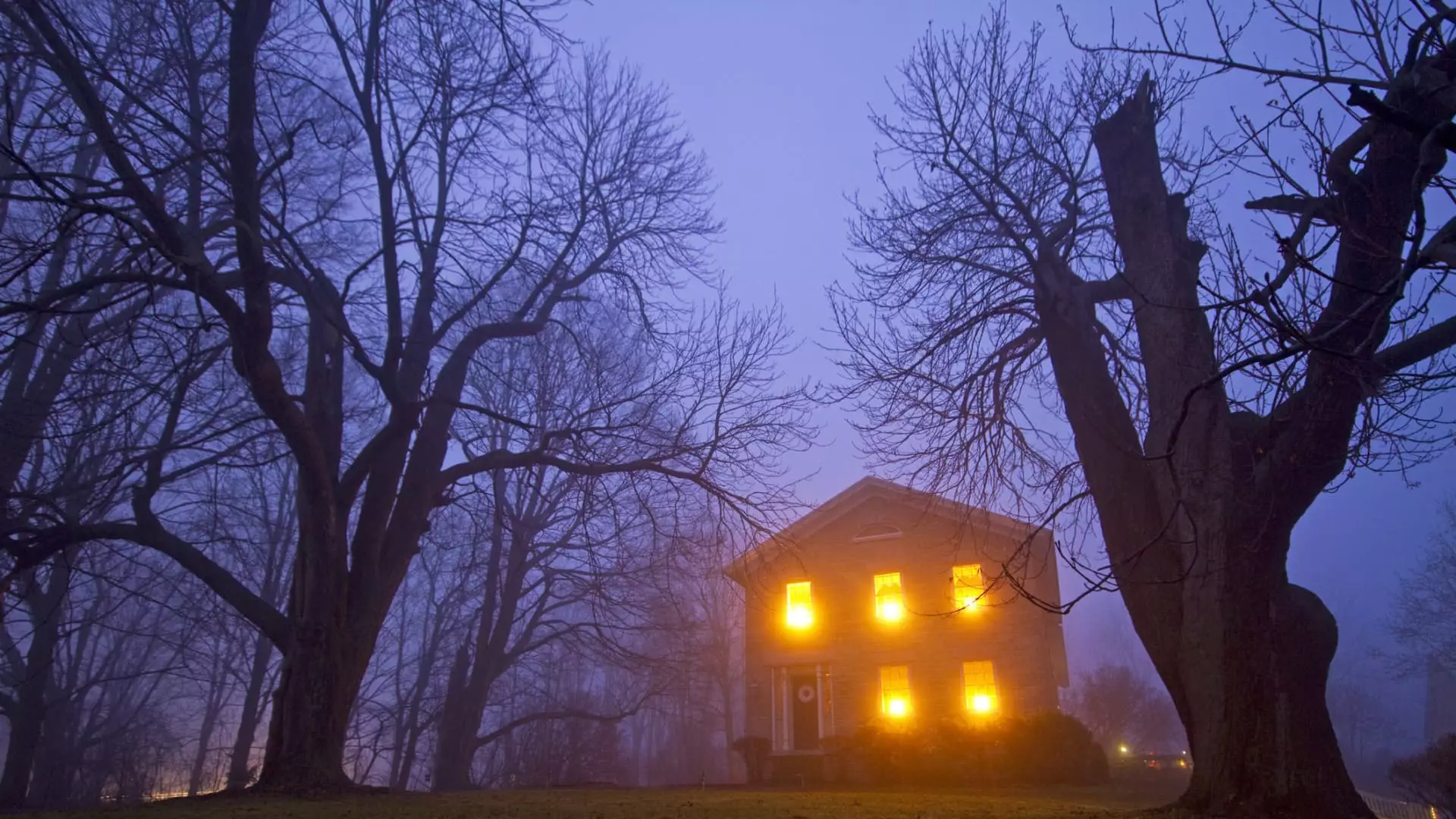The dynamics of purchasing a home involve many facets, but one often overlooked aspect is the history of the property itself. Particularly, homes that’s deemed ‘stigmatized’ can carry unique and profound implications for potential buyers. Whether the house is the site of a violent crime, a suspected haunting, or merely has a controversial past, how these factors must be disclosed, and the impact on property values, has become increasingly significant in real estate transactions.
Understanding Stigmatization in Real Estate
Stigmatization occurs when a property is viewed unfavorably due to events that have transpired within or nearby, despite those events having no physical effect on the structure. According to standards established by the National Association of Realtors (NAR), instances such as murders or suicides are included under this umbrella. Buyers may have varying responses when confronted with such properties; some may be deeply concerned, while others might see them as an opportunity, especially if they are available at a discounted price. The duality of perceptions surrounding stigmatized houses underlines a complicated relationship between the past and buying decisions.
In the United States, laws governing the disclosure of deaths and stigmatization in properties are anything but uniform. While some states, like California, mandate that sellers disclose a death within three years of the sale, others like Alaska and South Dakota have even tighter regulations that require disclosure of any death within the past year. Yet, a significant number of states have no legal obligation for sellers to disclose such historical facts unless directly asked.
This lack of consistency can place the onus on the buyer to proactively seek out pertinent information about the home’s past. Real estate professionals, such as Harrison Beacher, emphasize that agents carry a fiduciary responsibility but may not initiate discussions about stigmatized events unless specifically queried. Homebuyers are thus encouraged to be diligent and prepared to ask pointed questions about a property’s history.
Perception plays a vital role in determining how buyers approach stigmatized properties. A study conducted recently indicates that about 72% of homebuyers would consider purchasing a house known to be “haunted” if offered at a lower price. The willingness to overlook the unpleasant history for a better deal reveals a pragmatic approach to homebuying; the potential for a financial bargain often outweighs concerns about supernatural or historical stigma.
However, not all buyers share the same sentiment. Some individuals may feel compelled to avoid properties associated with prior tragedies, indicating that personal feelings about such events can lead to polarization in buyer behavior. The interesting shift is evident in recent trends; in 2023, up to 67% of buyers expressed they would consider a stigmatized property if it aligned with their desires regarding location, features, or affordability.
Researching Property History
For those inclined to learn more about a property’s controversial history, there are several avenues for research. Speaking with real estate agents is often the first step, as these professionals can offer insights and direct buyers to additional resources. However, buyers shouldn’t rely solely on agents for this information. Researching through public records, such as newspapers or online databases, can reveal important details about past incidents associated with the property.
Engaging with neighbors can also provide an anecdotal perspective on a property’s past, potentially shedding light on elements usually not covered through formal disclosures. Additionally, buyers can reach out to local county offices to inquire about crime records or check reports of law enforcement activity in the area. All of these factors contribute to a comprehensive understanding of any property one might consider purchasing.
When it comes to the decision-making process surrounding stigmatized properties, knowledge is indeed power. For prospective buyers, understanding the disclosure laws relevant to their state, gauging the emotional and psychological impact of a property’s history, and conducting thorough research can empower them to make informed choices. With a landscape that often combines both pragmatic considerations and emotional responses, navigating the world of stigmatized properties requires careful thought and a willingness to confront the intricacies of the past. Thus, whether a buyer is seeking a unique investment or a place to call home, careful consideration of these factors will yield the most favorable outcomes in their real estate journey.

Leave a Reply